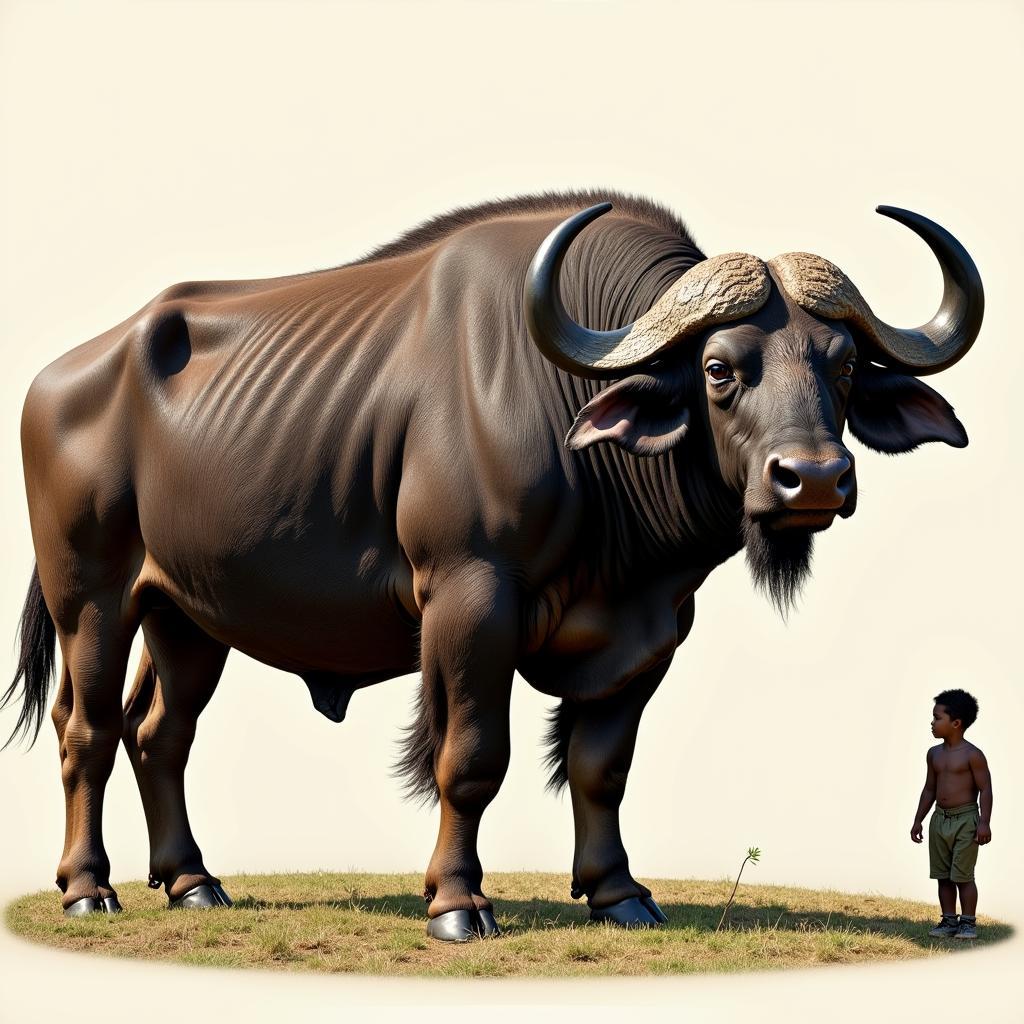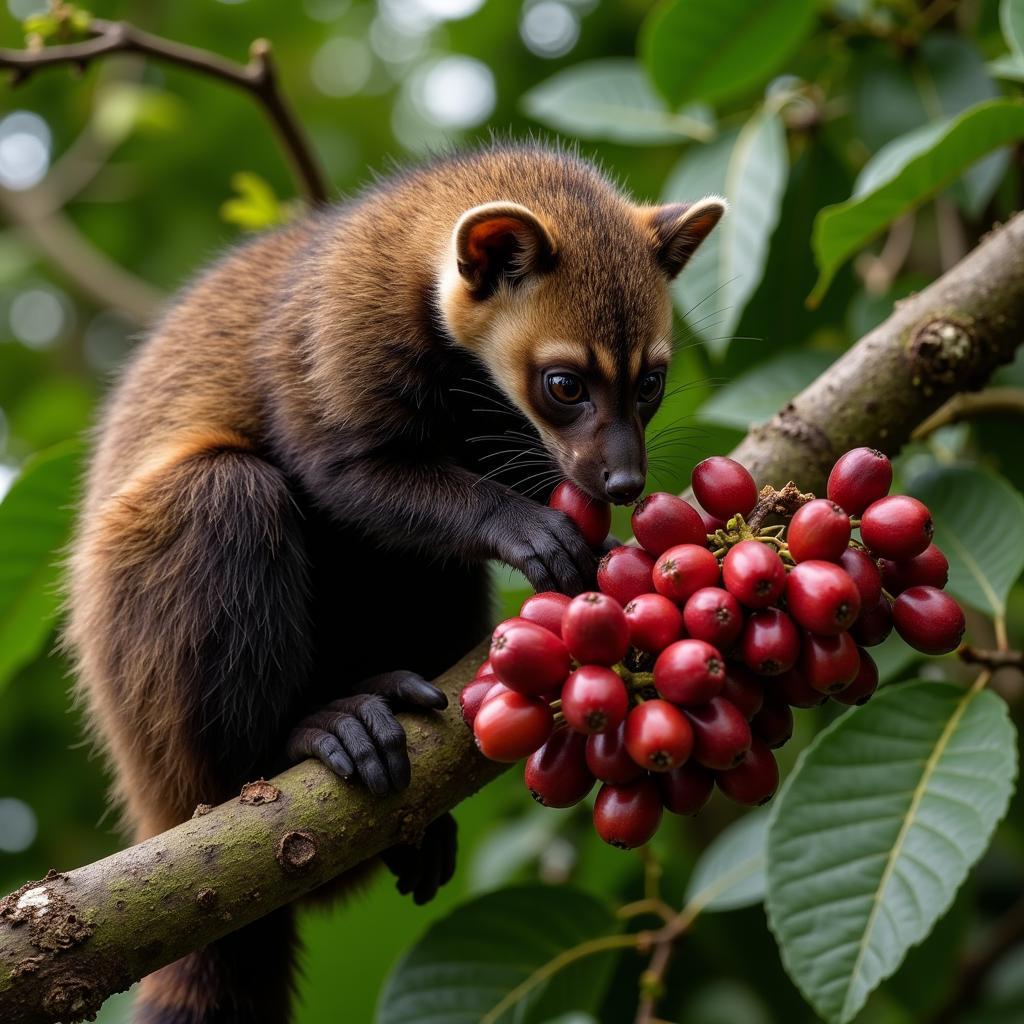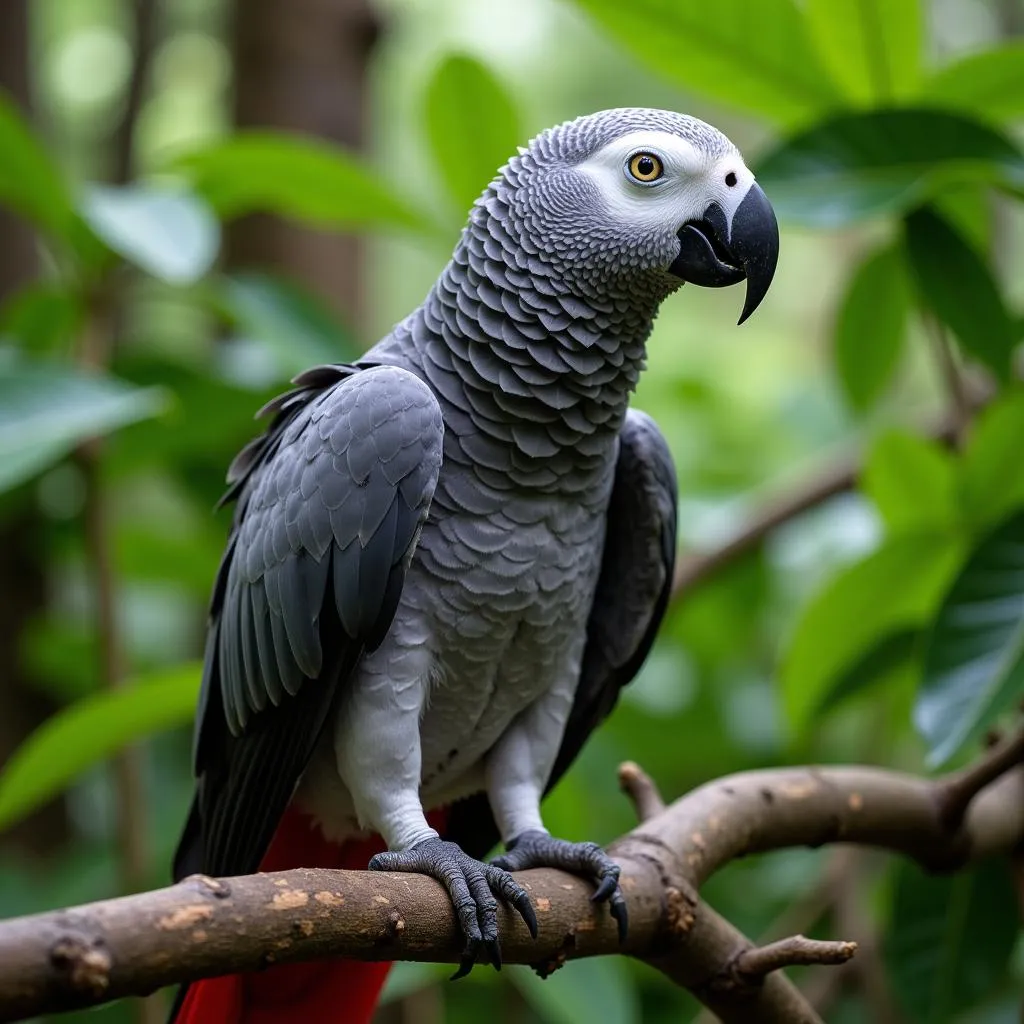African Buffalo Size: Understanding the Powerhouse of the Savanna
The African buffalo, scientifically known as Syncerus caffer, is an imposing figure on the African savanna. Often referred to as the “Black Death” or “widowmaker”, these powerful creatures command respect for their sheer size and strength. Understanding African Buffalo Size is key to appreciating their position in the ecosystem and the potential danger they pose to even the most seasoned predators.
 African Buffalo Size Comparison
African Buffalo Size Comparison
Breaking Down the Numbers: How Big Do African Buffalo Get?
The size of an African buffalo can vary depending on subspecies and geographical location. However, they are generally considered one of the largest bovids in the world. Let’s delve into the specifics:
- Height: An adult African buffalo can stand between 1.0 and 1.7 meters (3.3 – 5.6 feet) tall at the shoulder.
- Length: From nose to tail, they can measure anywhere from 1.7 to 3.4 meters (5.6 – 11.2 feet) long.
- Weight: This is where their imposing presence truly shines. Males, generally larger than females, can weigh a staggering 500 to 1,000 kilograms (1,100 – 2,200 pounds)! Females typically weigh between 350 and 550 kilograms (770 – 1,210 pounds).
To put this into perspective, an average-sized car weighs around 1,500 kilograms. That means a large African buffalo bull can weigh as much as two-thirds of a car!
The Role of Size in the African Buffalo’s Life
The impressive size of the African buffalo plays a crucial role in their survival on the African savanna.
-
Defense against Predators: Their sheer bulk and powerful build make them a formidable opponent for even the fiercest predators. Lions, their main predators, typically target calves or weaker individuals, as taking down a healthy adult buffalo is a risky endeavor.
-
Social Structure: Size plays a significant role in establishing dominance within buffalo herds, which can number in the hundreds or even thousands. Larger, stronger bulls are typically found at the top of the hierarchy.
-
Resource Acquisition: Their size allows them to compete effectively for food and water resources, especially during periods of drought. They are also able to access vegetation that is out of reach for smaller herbivores.
Size Comparisons: How Do They Stack Up?
While the numbers speak for themselves, comparing the African buffalo to other animals helps paint a clearer picture of their impressive size.
- African Buffalo vs. American Bison: Despite their similar appearance, the African buffalo is generally larger than the American bison. While both species have a similar height range, African buffalo tend to be longer and significantly heavier.
- African Buffalo vs. Lion: A lone lion would rarely attempt to bring down a healthy adult buffalo. A large buffalo can outweigh a male lion by two to three times. Lions often rely on surprise and teamwork to successfully hunt buffalo.
Witnessing the African Buffalo: A Reminder of Nature’s Power
The African buffalo, with its imposing size and formidable presence, stands as a testament to the power of nature. Understanding their size not only provides us with valuable knowledge about these incredible creatures but also underscores the importance of respecting their place in the wild.
Frequently Asked Questions about African Buffalo Size
1. What is the average weight of an African buffalo?
The average weight of an African buffalo can range from 350 to 1,000 kilograms, with males being significantly larger than females.
2. How does the size of an African buffalo compare to a lion?
African buffalo are considerably larger and heavier than lions. A large buffalo bull can outweigh a male lion by two to three times.
3. Why are African buffalo so big?
Their large size provides them with numerous advantages, including defense against predators, a higher position in the social hierarchy, and better access to resources.
4. Are all African buffalo subspecies the same size?
No, there is some variation in size between the different subspecies of African buffalo, with forest buffalo being generally smaller than savanna buffalo.
5. How does the size of an African buffalo impact its lifespan?
While size can offer some protection from predators, the lifespan of an African buffalo is typically around 15-20 years in the wild.
Want to delve deeper into the world of African wildlife? Explore more captivating content on our website:
- African buffalo bull
- African big aas video
- Mountain lion vs african lion
- African hunts and adventures
- African animals list word crush
Need help planning your African safari adventure? Contact our team today!
Phone: +255768904061
Email: kaka.mag@gmail.com
Address: Mbarali DC Mawindi, Kangaga, Tanzania.
We are available 24/7 to assist you.



